Communicating With Care: Resources for Indigenous Peoples Month — And Every Month
Creating content for Indigenous Peoples Month? It’s not just about what you say, but how you say it. The language you use and who you centre matter just as much.
When we’re talking about communities we’re not part of, and amplifying voices that are so often marginalized, we have a responsibility to do it with care. This means being respectful, collaborative, and always open to (un)learning.
Whether you’re planning social media posts or writing a newsletter, here are a few resources and practices to support that work.
Language Matters
Language has the power to connect us and build understanding, but it can also reinforce harmful narratives when we’re not intentional.
UBC Indigenous Peoples Language Guide (2024)
We appreciate this practical guide from the University of British Columbia for navigating terminology and meanings with respect. This resource includes guidelines and information on how to:
Refer to Indigenous Peoples with specificity and respect
Prepare land acknowledgments with care and meaning
Avoid outdated or harmful terminology
Inclusive Language Guide: Indigenous Peoples
Although there’s no “one-size-fits-all” approach to inclusive language, this tip sheet from Sheridan College flags problematic terms and offers more respectful alternatives.
Critical Practices for Communication
Adopting a critical lens to your content can help you move beyond surface-level messaging and create more inclusive communications.
Centre Indigenous Voices
Share content by Indigenous peoples and organizations, not just content about them. As a nonprofit or charity, you have a platform and an audience you can use to include Indigenous voices. Wherever possible, prioritize original content by Indigenous creators and groups.
Collaborate With Indigenous Community Members
Events for Indigenous Peoples Month, National Day for Truth and Reconciliation, and Red Dress Day can place unfair expectations on Indigenous peoples to speak or show up — often without pay. If you’re creating campaigns, content, or events involving Indigenous stories or communities, include Indigenous partners early and compensate them fairly.
Avoid Generalizations
There’s no single Indigenous experience. Where possible, recognize the diversity of Nations, cultures, and histories across Turtle Island. Whose Land and Native Land Digital are great tools for learning about the history and territories your organization operates on.
Skip the Script
Land acknowledgements have become so commonplace that they sometimes feel performative or hollow. A meaningful land acknowledgement should reflect your organization’s ongoing commitment to reconciliation. Are you making policy changes within your organization in response to the 94 Calls to Action? Are you supporting an Indigenous-led initiative through funding, collaboration, or advocacy?
Ask Who This Is For
Before hitting “publish” on your content, ask yourself this: Are we spotlighting Indigenous priorities, or centring our own organization? It can be tempting to post something because others are, but it shouldn’t be the motivation. Instead, ask: How can this content support Indigenous communities?
This Work is Ongoing
Our communications will never be perfect because the systems we live in and the language we use are built upon colonial systems.
But we can keep showing up and learning.
We can navigate the messy and limited language we have to work with. We can stay open to being challenged by communities who have been silenced. We can commit to doing better, not just for Indigenous Peoples Month, but every month, because Indigenous voices and stories have always been here.
Continue Reading

